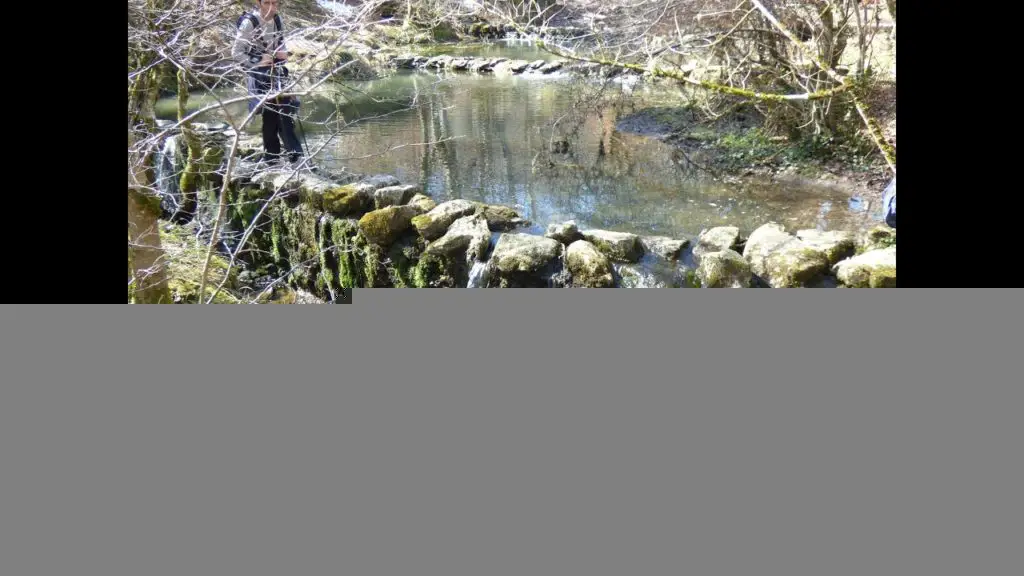The river Nervión belongs to the Iberian Peninsula and flows through the north of Spain. At certain times of the year it forms El Salto del Nervión, which reaches a height of 170 metres.
Indice De Contenido
Location and map of the river Nervión
The Nervión River is approximately 72 kilometres long, and once it starts its journey, a short distance from its source, it forms the imposing Nervión Falls, 170 metres high, during periods of heavy rainfall or thaw (see also Iguazú River).
The river continues to flow northeast towards the Délica Canyon and then descends through the beautiful Nervión or Alto Nervión Valley until it enters the province of Bizkaia, near the town of Orduña.
It enters the municipality of Basauri. It flows along the river Ibaizábal, whose course and length are similar to those of the Nervión, dividing the rest of the district of Gran Bilbao. It then flows through the capital and is called the Ría de Bilbao, also known as the Nervión or Ibaizábal estuary, until it reaches its mouth in the Cantabrian Sea in the municipalities of Santurce, Guecho and Ciérvana.
During periods of the year when temperatures rise and the climate is warmer, the lack of rain and snow on the mountain ranges means that its riverbed is dry for certain periods (see Papaloapan River).
Tributaries of the Nervión
Before it joins the Ibáizabal, the tributaries of the Upper Nervión are the Altube, the Orozco, the Zeberio, the Zollo, the Aldaikoerreka and the Aspiuntza.
It is then joined by the River Ibáizabal, which is considered to be its main tributary on the right bank, although in other cases it is considered to be the main river, with the River Nervión as its tributary on the left bank. A third version maintains the name Nervión-Ibaizábal.
The source of the river Nervión
The River Nervión rises in the province of Álava, near Burgos, as a result of the waters flowing down from the Altos del Corral, Bagate and Urkabustaitz on the one hand, and the Gorobel or Sálvada mountain range on the other, in the Cantabrian mountain range (see River Nalón).
It has its source at the confluence of the Iturrigutxi, Ajiturri and Urieta streams, which originate between the Gillarte and Gibijo mountain ranges, at an altitude of 800 metres.
History of the river Nervión
In the Middle Ages, the River Nervión was the natural border between the Kingdom of Vizcaya and the counties of Castile, and for several hundred years the Nervión valley was a very important corridor of communication in Vizcaya.
On the other hand, the main railway line was built along the river in 1863.
Bilbao also grew with its important commercial life, and its port was the most important on the entire northern coast of Spain, depending entirely on navigation along the last 15 kilometres of the river. There are two theories about the origin of the name of the river Nervión: one links it to the area where it crosses the Delica region, called Peña Nervina, at a height of 920 metres, and the other is that it was named in honour of the Roman emperor Nerva.
Treatment of the river Nervión
At the end of the 1970s, the regional authorities implemented a plan to save the River Nervión, whose waters had been affected by intense industrial activity, especially in its last 25 kilometres, and managed to restore the quality of its environment and almost all of its flora and fauna (see River Tárcoles).
Today, the oxygen level in the waters of the Nervión is around 60% and fish such as sea bass, gilthead bream, anchovies and shellfish such as crab and lobster have recovered.
Song for the river Nervión
There is an emblematic song dedicated to the celebration of the seventh Liga BBVA title won by the Athletic Club football team in 1983, which has become infallible among the fans and inhabitants of the region around the river Nervión.
To celebrate the occasion, players such as Andoni Zubizarreta, Santiago Urquiaga, Andoni Goikoetxea, Isamel Urtubi and Manuel Sarabia, among others, boarded the Gabarra nº1 to sail from the mouth of the river at Getxo to Bilbao City Hall, towed by the tugboat Amaya and accompanied by the Biscayan traineras.
Since that day, the history of Athletic has been inextricably linked to this boat, thanks to the initiative of Cecilio Gerrikabeitia, a member of the club’s board of directors, who started the tradition.



